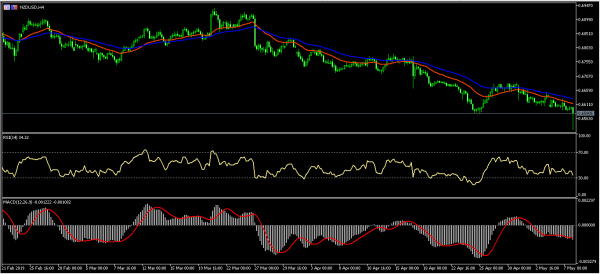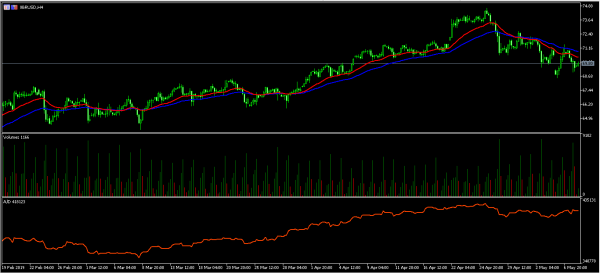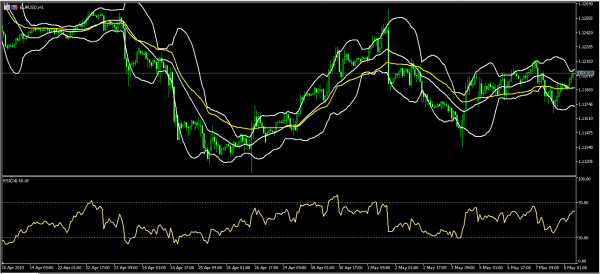The kiwi declined sharply today after the RBNZ delivered its interest rates decision. As expected, the bank lowered rates by 25 basis points to 1.50%. The current rates are at an all-time low. In an accompanying statement, the bank attributed this to the slowing of the global and domestic economy and the need to support the economy. The statement explained:
The Committee reached a consensus that, relative to the February Statement, a lower path for the OCR over the projection period was appropriate. The lower path reflected the economic projections and the balance of risks discussed and is consistent with both inflation and employment remaining near the Committee’s objectives. After discussing the relative benefits of holding the OCR and committing to a downward bias, versus cutting the OCR now so as to establish a more balanced outlook for interest rates, the Committee reached a consensus to cut the OCR to 1.50 percent.
The Australian dollar was relatively unchanged after China released its trade numbers. In April, the country’s exports slumped by an annualized rate of 2.7%. This was the sharpest decline since February when exports declined by 20%. In March, exports likely rose as businesses expected tariffs from the US. The imports had a YoY growth of 4%, which was higher than the expected slump of -3.6%. In total, the country’s trade surplus for the month was $13.84 billion, which was below the consensus estimate of $35 billion.
The price of crude oil was also relatively unmoved after data from the US showed a reduction of inventories. According to the American Petroleum Institute (API), over the past week, inventories rose by 2.8 million barrels. The increase was less than in the previous week when inventories rose by more than 6.8 million barrels. Today, investors will receive official inventory data from the EIA. The data is expected to show that inventories rose by just 1.2 million barrels. This is after rising by 9.93 million barrels in the previous week.
EUR/USD
The EUR/USD pair moved up slightly to an intraday high of 1.1205. On the hourly chart, this price is along the upper line of the Bollinger Bands, while the RSI has risen close to the overbought level. It is also above the 21-day Variable Index Dynamic Average (VIDA). Today, the pair will likely see major movements as the ECB publishes minutes from the last meeting and Germany releases industrial production data.
NZD/USD
The NZD/USD pair declined sharply after the RBNZ decision. The pair reached a low of 0.6524, which was the lowest level since October last year. On the four-hour chart, the pair’s price was below the 25-day and 50-day moving averages, while the RSI has remained relatively stable. The signal line and histogram of the MACD has remained below the neutral level. Therefore, as the RBNZ gets more dovish, there is a likelihood that the pair will continue moving lower.
XBR/USD
On Monday, the price of crude oil declined sharply after Trump threatened tariffs on Chinese goods. The price then recovered and moved higher than Monday’s open. Yesterday, the price declined and almost reached Monday’s low of $68.50. Today, the price rose slightly to a high of $69.80. On the four-hour chart below, the price remained slightly lower than the 25-day and 50-day moving averages while volumes have declined. The accumulation/distribution indicator has continued to move up. The pair could resume the upward trend because the fundamentals have not changed a lot. If it does, it will likely test the previous highs of 74.60.














